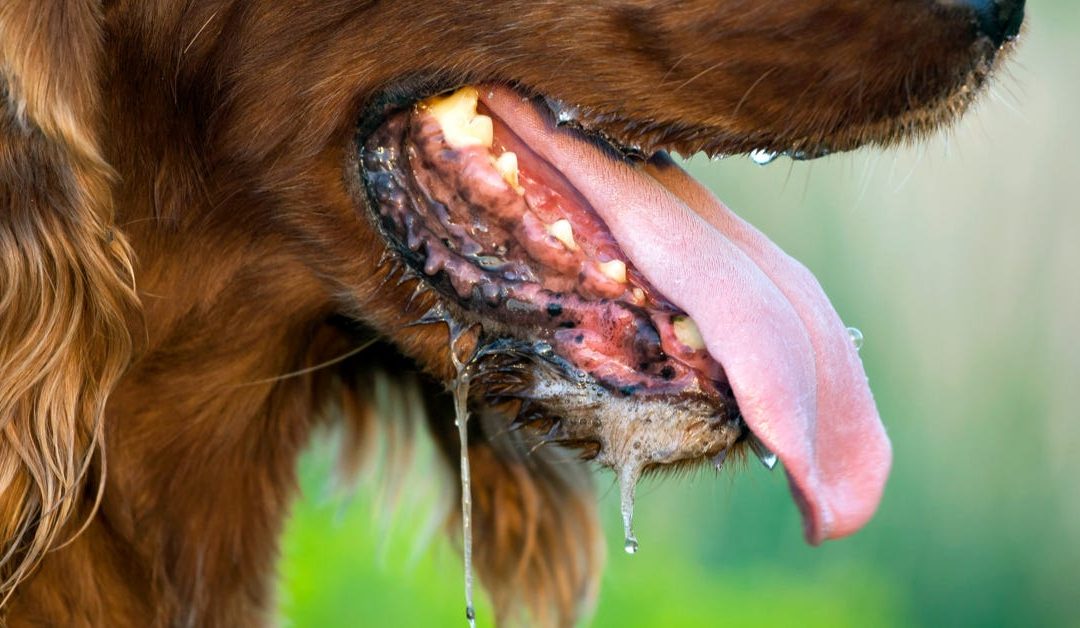As Texas summer temperatures soar, it’s crucial to remember that dogs are susceptible to heat-related illnesses, just like humans. Heat stroke in dogs can be a life-threatening condition, but with proper care and preventive measures, you can ensure your furry friend stays safe and comfortable throughout the hot season. In this article, we will discuss practical tips on how to prevent heat stroke in dogs and keep them cool and healthy.
1. Provide Ample Hydration:
Maintaining proper hydration is essential to regulate a dog’s body temperature. Always ensure that fresh, cool water is readily available for your pooch. Carry a portable water bottle and collapsible bowl during outings to offer regular drinks, especially after exercise or playtime. Consider adding ice cubes to their water bowl to keep it cooler for longer.
2. Create Shady Retreats:
Dogs need a cool place to relax and escape the scorching sun. Set up shaded areas in your backyard using umbrellas, canopies, or awnings. Indoors, ensure your home has well-ventilated rooms with access to fresh air. Avoid confining your pet to areas without proper air circulation, such as cars or small, enclosed spaces.
3. Schedule Outdoor Activities Wisely:
Plan your dog’s exercise and playtime during cooler parts of the day, such as early mornings or late evenings when temperatures are lower. Avoid strenuous activities or prolonged exposure to the sun, especially during peak hours when the heat is intense. Asphalt and concrete can also become extremely hot, so opt for grassy or shaded areas for walks and outdoor adventures.
4. Never Leave Your Dog in a Hot Vehicle:
One of the most dangerous situations for a dog is being left inside a parked car on a hot day. Even with the windows cracked open, the temperature inside a vehicle can rise rapidly, leading to heat stroke within minutes. Never leave your dog unattended in a car, and if you must run errands, leave them at home in a cool and safe environment.
5. Use Cooling Products and Techniques:
Help your dog stay cool with various products and techniques designed for heat relief. Cooling mats, bandanas, vests, and even portable fans are available to help regulate their body temperature. Wetting your dog’s paws, belly, or ears with cool water can also provide instant relief. Just be cautious not to drench them completely, as excessively wet fur can impede their natural cooling process.
6. Monitor High-Risk Breeds and Conditions:
Certain dog breeds, such as Bulldogs, Pugs, and Shih Tzus, are more prone to heat sensitivity due to their shorter snouts and compromised breathing ability. Additionally, dogs with underlying health issues like obesity or respiratory problems may be more susceptible to heat stroke. Take extra precautions with these breeds or conditions, keeping them in cooler environments and monitoring them closely.
7. Be Aware of Signs of Heat Stroke:
Knowing the signs of heat stroke is crucial for prompt action. Symptoms include excessive panting, drooling, rapid breathing, lethargy, vomiting, dark or bright red gums, and even collapse. If you suspect your dog is experiencing heat stroke, immediately move them to a cool area, offer small sips of water, and contact a veterinarian for professional assistance.
Conclusion:
Preventing heat stroke in dogs requires proactive care and awareness. By providing proper hydration, creating shaded retreats, scheduling outdoor activities wisely, avoiding hot vehicles, utilizing cooling products, monitoring high-risk breeds, and recognizing the signs of heat stroke, you can safeguard your furry friend’s well-being during hot summer months. Remember, a little precaution can go a long way in ensuring your dog stays safe, healthy, and comfortable throughout the summer season.


Recent Comments